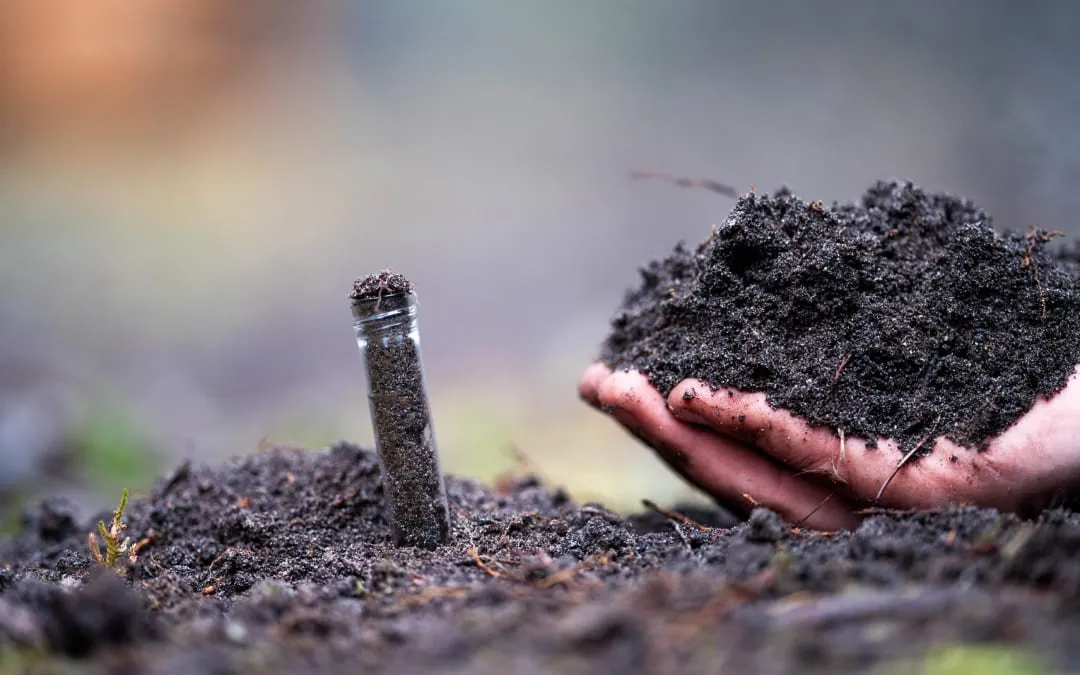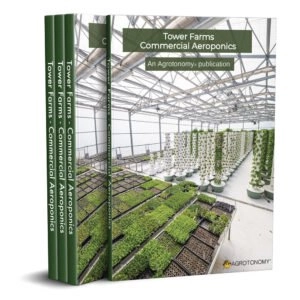They are essential in the soil for plants to properly intake nutrients and water. Microbiomes are also crucial for healthy gut flora in our bodies.
However, there is a widespread misconception that we get microbiomes in our bodies from the soil. This is not the case, so let’s debunk such a prevalent misunderstanding:
The soil is packed with microorganisms, known as microbiomes. This complex family of bacteria, fungi, and viruses breaks down organic matter and turns it into inorganic matter. In other words, soil microbes are responsible for decomposing dead plants and animals, turning them into minerals and trace elements.
Microbiomes are essential in the decaying process of organic matter, converting it into plant food by releasing critical nutrients such as nitrogen, phosphorus, and potassium back into the soil.
Some of these microorganisms form symbiotic relationships with plants. This is the case with mycorrhizal fungi, which facilitate the absorption of nutrients at the root level.
As part of the microbiomes found in the soil, specific microbes protect plants from harmful organisms, preventing diseases.
There are also nitrogen-fixing bacteria whose job is to convert atmospheric nitrogen into a mineral form regarded as one of the main macronutrients for plants.
In other words, dead plants and animals are converted into inorganic matter, a process commonly referred to as mineralization.
Even the purest and most natural macronutrients such as nitrogen, phosphorus, potassium, calcium, magnesium, or sulfur, or micronutrients like iron, manganese, zinc, copper, boron, molybdenum, chlorine, nickel, or even sodium and silicon, all these essential plant foods are minerals and therefore considered to be inorganic.
Think about it this way, even the most unrefined and pristine sea salt cannot be organic since sea salt is a mineral and therefore classified chemically as inorganic.
Contrary to general misperception, plants do not eat “live food” but instead feed themselves strictly by absorbing inorganic matter, whether macronutrients or essential micronutrients.
Most people believe that the word “inorganic” refers to a substance that is not natural, something man-made, like artificial synthetic chemicals. This is not the case. The big difference between organic and inorganic compounds is that inorganic compounds do not contain carbon-hydrogen. On the other hand, organic compounds do contain carbon atoms generally bonded to hydrogen, oxygen, and nitrogen, amongst other carbon atoms.
Nutrients absorbed by plants grown in the soil are exactly the same as those featured in the ionic mineral formula that we use in our Tower Farms.
As long as plants have access to all macro and micronutrients, they do not make the distinction as per the origin of where such minerals come from. At the end of the day, whether growing food through conventional farming in the soil, using aeroponic towers, or any other food-growing system, what counts is providing plants with the purest form of nutrients for a healthy growth cycle.
Soil microbiomes are crucial for converting organic matter into plant food, explaining why they are unnecessary for aeroponic or hydroponic farming when using a complete mineral solution featuring all macro and micronutrients.

The gut microbiomes are mainly located in the large intestine and are crucial for our health. These gut microbes help to break down complex carbohydrates, fibers, and other nutrients that our digestive and metabolic enzymes cannot handle alone.
The gut microbiomes also play a significant role in our immune system as they contribute to creating immune cells and producing antibodies.
Such microbiomes greatly influence several metabolic processes, including the synthesis of various vitamins and regulating fat storage. Having a diverse range of microbiomes in the gut allows us to fight harmful or dangerous microorganisms and reduce the risk of diseases such as IBD and IBS.
We do not get microbiomes in our gut from the soil. We get gut microbiomes from eating fiber (fruits, vegetables, grains, legumes, etc.). These fibers act as prebiotics, feeding the “good bacteria” in our gut.
Soil and gut microbiomes are necessary for their respective environments but they do operate independently, serving a range of different benefits: soil microbiomes support the ecosystem through nutrient cycling, improve the structure of the soil, and help plants to intake nutrients and water, while gut microbiomes are crucial for human health by aiding digestion, regulating the immune system, influencing vital metabolic functions, and protecting us from diseases amongst a plethora of other benefits.




